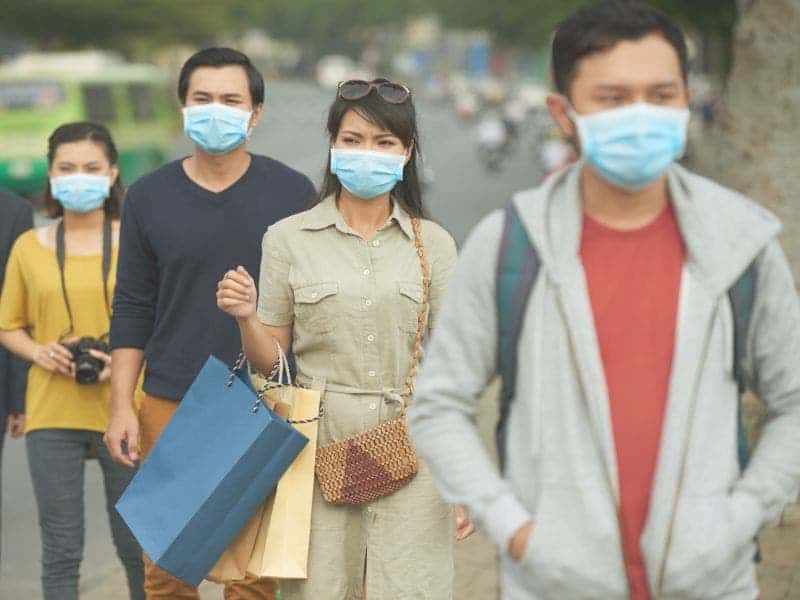Despite initial guidance which said that they weren’t necessary, face masks are now highly recommended alongside social distancing measures, with many local or national governments encouraging their use or even making it mandatory.

It wouldn’t be an exaggeration to say every one of us should be wearing a mask, either commercially-available or homemade, according to a soon to be released study which explains that the need for universal masking is “urgent.”
Researchers found out that if 80% of a closed population wore a mask, COVID-19 infection rates would drop to approximately one-twelfth of the number of infections seen in a population in which no one wore masks.
“I felt like this was pretty urgent,” De Kai, chief architect of the study, told Vanity Fair. De Kai was born in the United States to Chinese immigrants. “I saw the country where I grew up, where my family lives, about to face this pandemic without knowing much about something as simple as wearing a mask to protect themselves and others.”
Unlike in the U.S., masks are worn in everyday life in East Asia to fend off pollution. Using complex models used by epidemiologists to track previous outbreaks (like Ebola and SARS), as well as artificial intelligence, De Kai and his team were able to model how the virus would move around communities in the US should they use masks on a massive scale.
They created different scenarios modeling societies like those in Japan, which generally wear masks, and others that generally don’t, and compared how their use influenced infection rates over time. They also added some original programming to the simulation’s algorithms that take into account mask-specific criteria, such as how effective certain types of masks are.
With no mask, the researchers saw a high rate of infections in their model. When all the simulated Americans wore masks, infection rates dropped down to nothing. The goal, these simulations showed, is for 80% to 90% of people to wear masks at any one time — otherwise, they won’t be effective. “If you get down to 30 or 40%, you get almost no effect at all,” De Kai said.

The evolution of guidance on wearing face masks has been one of the most bizarre series of events in the current outbreak. Initially, all guidance except for some countries in Asia such as South Korea or China argued against using face masks, explaining that the evidence was too inconclusive to warrant their use. The US Surgeon General even specifically asked people to stop buying face masks in order to prevent possible shortages for medical workers.
Not long after that, however, official guidelines took a 180 turn, and even the Surgeon General himself appeared in a video showing people how to make an improvised face mask using only an old T-shirt and a rubber band.
The preprint study by De Kai and his team can be fully accessed here.









